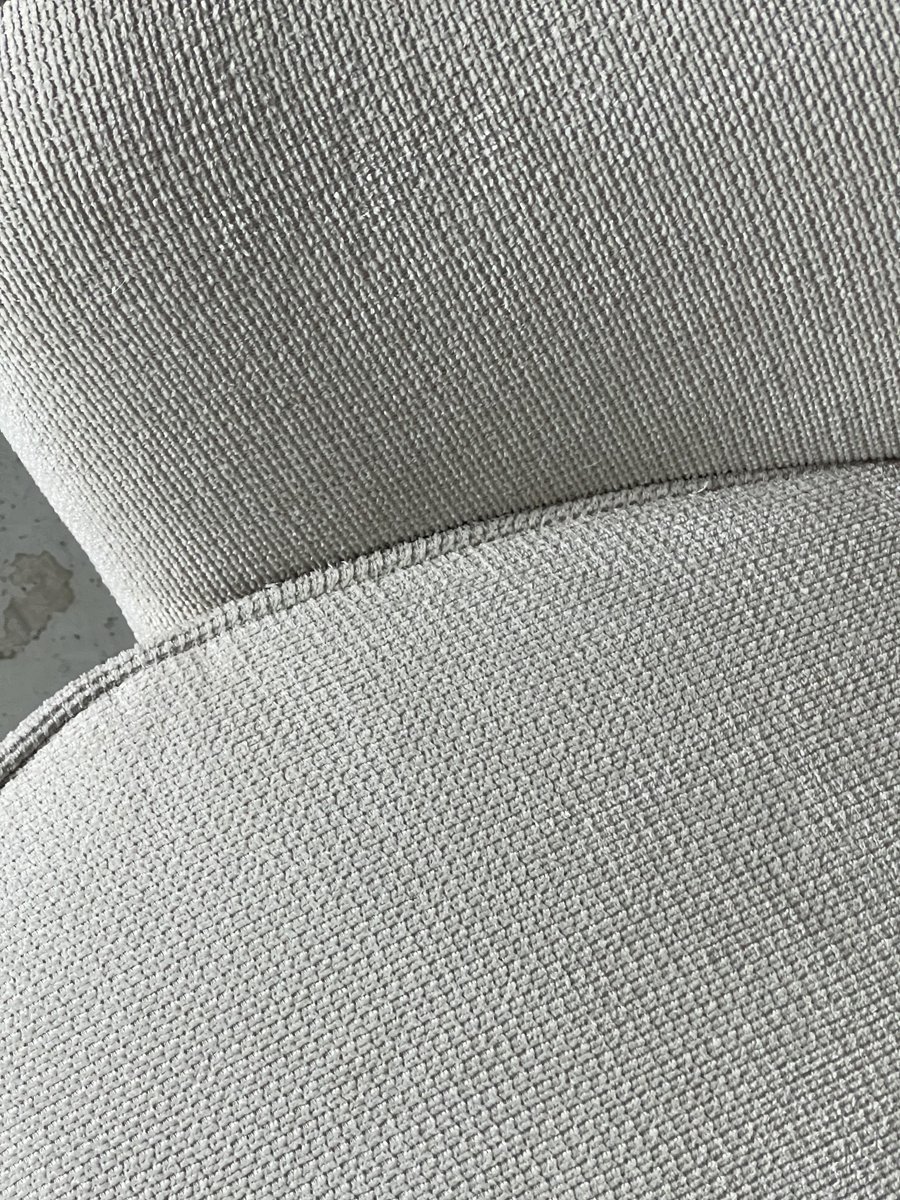

The Arch was to rise majestically from a small forest set on the edge of the great river. His opinion was that, ".all parts of an architectural composition must be parts of the same form-world." He carefully studied the site and its surroundings to ensure that the design encompassed the whole environment. But here, at the edge of the Mississippi River, a great arch did seem right." Neither an obelisk nor a rectangular box nor a dome seemed right on this site or for this purpose. was to create a monument which would have lasting significance and would be a landmark of our time. This was his first opportunity to establish himself as an independent architect, and he set out to design a monument not only to Thomas Jefferson and the nation, but also to the modern age. It was during this period that he began to build a reputation as an architect who refused to be restrained by any preconceived ideas.Īfter working with his father on a number of projects, Eero Saarinen had a chance to express his own philosophy when he entered the 1947 architectural competition for Jefferson National Expansion Memorial. After a two-year fellowship in Europe, he returned to Cranbrook in 1936 to become an instructor of design and his father's partner in the architectural firm. Between 19, Eero studied at the Yale School of Architecture. In 1923 the Saarinens immigrated to the United States and settled in Michigan, north of Detroit, where Eliel administered the Cranbrook Institute of Architecture and Design.

He was taught that each object should be designed in its "next largest context - a chair in a room, a room in a house, a house in an environment, environment in a city plan." Eero grew up in a household where drawing and painting were taken very seriously, and a devotion to quality and professionalism were instilled in him at an early age. His mother, Loja Saarinen, was a gifted sculptor, weaver, photographer, and architectural model maker. Born in Finland in 1910, Eero Saarinen was the son of Eliel Saarinen, a noted and respected architect. It was the first of many competitions he would win in his life, and foreshadowed his remarkable career as an architect. Louis, the TWA Terminal at Kennedy International Airport, CBS headquarters in New York, and Dulles Airport in Washington, DC.In 1922, at the age of 12, Eero Saarinen took first place in a matchstick design contest. His designs, which employed modern materials in graceful, organic shapes, helped establish the reputation and identity of Knoll during its formative years.Īmong his outstanding architectural projects are the Gateway Arch in St.

#Eero saarinen designs full#
Eero, who was known for being obsessed with revision, took a sculptural approach to furniture design, building hundreds of models and full scale mock-ups to achieve the perfect curve, find the right line, and derive the most pleasing proportions.

#Eero saarinen designs series#
Over the next 15 years Saarinen designed many of the most recognizable Knoll pieces, including the Tulip chairs and tables, the Womb chair, and the 70 series seating collection. When Florence joined Knoll in the 1940s, it was an obvious choice for her to invite Eero to design for the company.
#Eero saarinen designs free#
Florence spent all of her free time with the Saarinen family, including summer vacations to Finland. Saarinen met Florence Knoll (né Schust) at Cranbrook, who at that time was a promising young protégé of Eliel Saarinen. In 1934, he returned to Michigan to teach at Cranbrook, work on furniture designs, and practice architecture with his father. In 1929 Eero left for Paris where he studied sculpture before enrolling in the Yale architecture program the following year. It came as no surprise that Eero was helping his father design furniture and fixtures for the Cranbrook campus by the time he was in his teens. Born to world famous parents, architect and Cranbrook Academy of Art director Eliel Saarinen and textile artist Loja Saarinen, Eero Saarinen was surrounded by design his whole life.


 0 kommentar(er)
0 kommentar(er)
